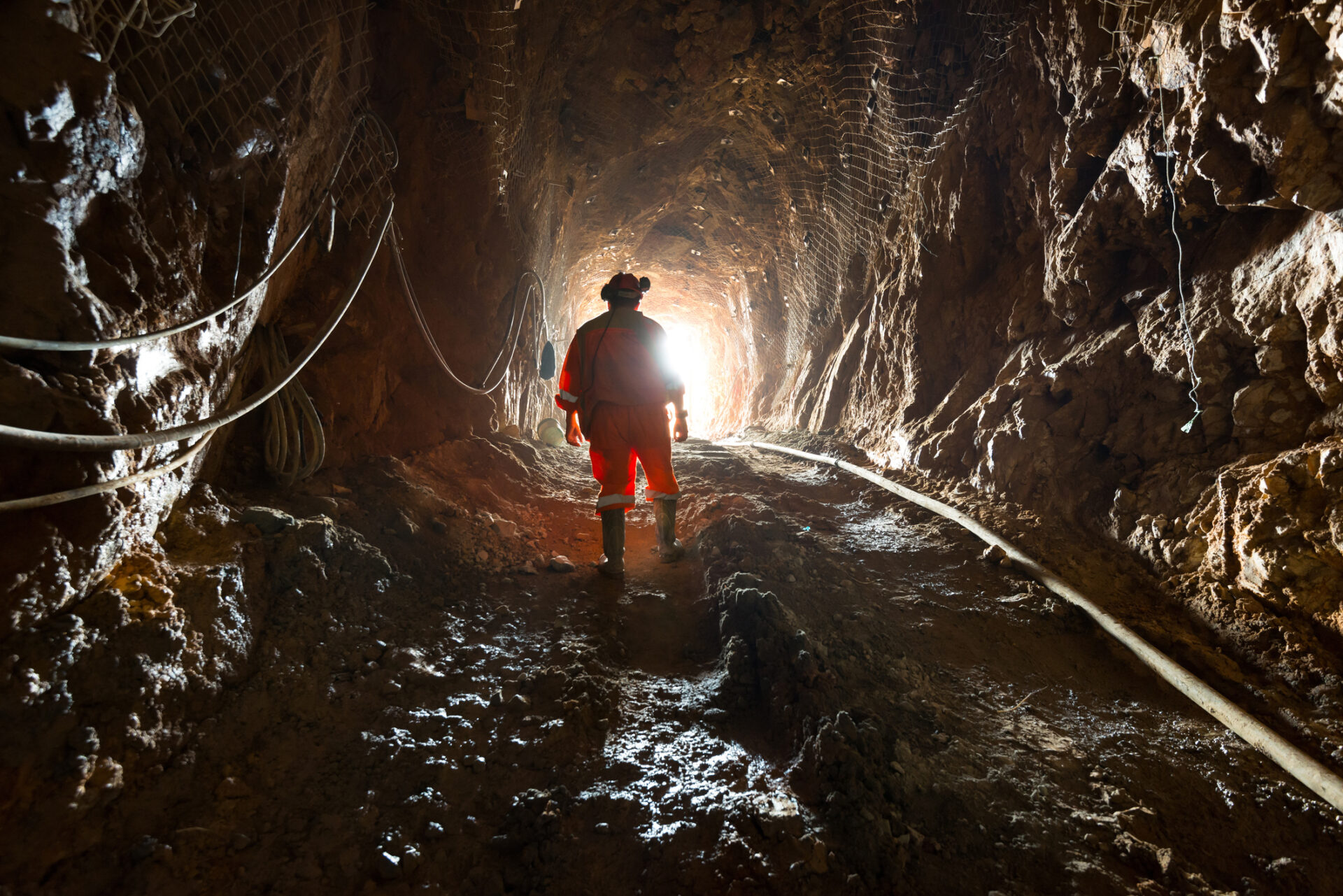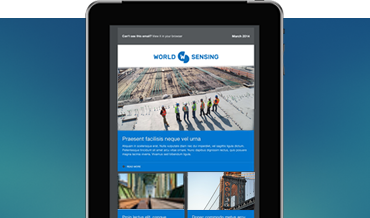5 keys to success in underground monitoring of mines
A global focus on sustainability is leading mining companies deep underground in search of the materials needed for clean energy generation. These underground mining facilities will be key to our future as the surface mine availability of vital minerals such as nickel and copper falters. But underground mining is beset with hazards. These range from the danger of cave-ins to the potential for asphyxiation from noxious gases. Because of this, it is vital for mining companies to deploy advanced monitoring systems that can help improve overall risk management and the safety of mine workers.
Getting the monitoring part of the mining equation is not easy. Each mine is different and there are many potential technologies that companies can use to meet their particular circumstances. However, there are several keys to success that can help mining companies make the right decisions when it comes to monitoring systems. Here are five of the most important.
1. Avoid wired networks
Mining environments are highly complex, with tunnels and galleries branching off in all directions. Using wireless data transmission technologies to monitor risk points across those types of environments is tricky. Just picture the solid, pure rock walls in underground mines. The physical obstacles that can interfere with radio signal coverage are manifold. But expecting busy mining crews to look out for ethernet cables is even more complicated. Although wireless technologies have obviously restricted ranges underground, there are ways these restrictions can be overcome. And the benefits of having wireless, battery-operated monitoring devices which can be connected to existing sensors and systems far outweigh the suitability of cable networks in most situations.
2. Choose long-range LoRa (IoT) technology
Wireless IoT-based technology has become a go-to-reference in underground monitoring. A typical network technology used in this scenario are mesh networks. In terms of range, node-to-multi-node communications like mesh can achieve up to hundreds of meters of coverage. Long-range LoRa Star topologies, in comparison, have proven to work well in mine layouts where there is line of sight, such as main tunnels, ventilation shafts and room and pillar mines. But both network topologies may struggle in more convoluted environments. Hence, Worldsensing advises using a long-range LoRa tree topology, where the network can branch to reach smaller, hard-to-reach spaces.
3. Look for sub-gigahertz solutions
Short-range mesh networks tend to work at a frequency of 2.4 GHz. This is fine above ground but is rapidly attenuated underground by features such as water in rocks. As a consequence, such technologies will rarely go beyond one hundred meters in a single data transmission hop and might struggle to get to a few meters. Sub-gigahertz technologies, on the other hand, can achieve much longer distances underground. They can reach several hundred meters in the case of medium-range mesh networks, and achieve several kilometers with long-range LoRa technology arranged in a tree topology.
4. Seek reliable vendors
Underground environments are harsh, and a loss of monitoring data can result in critical incidents. Hence, it is important you choose a technology provider that has a top-of-line quality system including ISO and industry certifications. Reputation, in-field experience and Internet of Things (IoT) expertise matter. You want to rely on a support team and organizational structure that complement your team. Worldsensing technology has been field tested across over 130 mines worldwide including surface and underground projects. Besides device and network durability, working with a leading vendor can ensure your monitoring data will be easily integrated into your own or a third-party data visualization systems.
5. Beware of scaling
You may want to start small by connecting only a few geotechnical or structural sensors to an IoT device and network technology for wireless data capturing and transmission. But what if you want to scale or reconfigure deployments in line with the excavation process. Some network technologies are suited to small underground monitoring deployments and limited pilots, also based on their price and easy of implementation. But what if you are looking to scale or redeploy the network along the mine’s project needs. That’s when you’d want to use a technology which can manage data collection of hundreds of devices through one gateway in a singel network.
“In medium and short range mesh networks, you will end up needing more gateways, resulting in more maintenance and more potential points of failure,” says Andrea Bartoli, Chief Technology Officer at Worldsensing.
“Working with sub-ghz long-range tree topology offers underground mines the perfect mix of efficiency, robustness and scalability.” adds Bartoli.
For more on Worldsensing’s new underground solution, speak to us now.

